Hello again!
Back now from my expedition to Madagascar, it is time for me to get back to blogging. That’s not just photo blogging; we are going to be uploading blogs to the expedition website, so you can also read those if you want to know how the whole thing went. I shot about 4000 photos (shockingly few!) over the last two months, so as you can imagine, there is going to be a lot of stuff to get through on the blog. Plus there is a backlog of Aviemore stuff from spring that I never posted. So my blogging schedule is fairly hectic right now.
Madagascar
My trip to Madagascar was not for the purpose of photography (sadly), but for research. Myself, Matthew May, and two Anthropologists were joined by three students from the Centre Ecologique Libanona (CEL), based in Fort Dauphin. We stayed in a village called Kobokara, in the southern spiny forests of Madagascar, for two months. My research was investigating the affects of anthropological disturbance on reptiles within the forest. Matt’s was looking at the status of the critically endangered Radiated Tortoise, Astrochelys radiata, which is a target of poaching for distribution on the pet market, use as a source of jewellery, and for food. Matthew and I were helped by two of the CEL students (Herman and Rivo respectively), while the third (Morulla) conducted vital botanical surveys on the areas of our study. The anthropologists were investigating integration of expedition team members, the affects of non-governmental organisations (NGO’s) such as the World Wildlife Fund (WWF) and Care International on the local livelihoods and ways of life.

Matthew in the entrance to the Hotel in Tana on Day 1
It is nearly impossible to enter Madagascar without going through the capital, Antananarivo (Tana). Our journey I suppose really started there. We stayed in a schwanky hotel for the first few nights, before realising that our expedition budget was going to close tightly around our necks. We met up with a few friends of friends there, and were overjoyed when one such friend, Harimalala, offered to let us stay in her house.
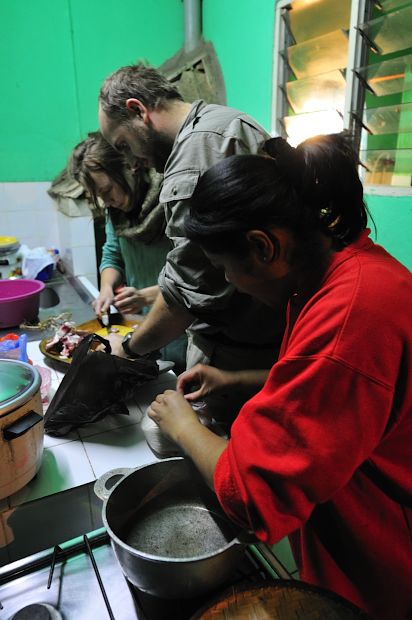
Nat and Matt cooking at Harimalala's flat
Not only did this save us a vast amount of money, it meant we had someone with us who knew Tana, rather than just sitting around in a hotel all day waiting on our permits, which, by the way, were delayed for five days, causing us to have a much extended stay in Tana on the way in. This however we did take advantage of, on a little jaunt to the rainforest (Andasibe National Park), before finally getting on the plane down to Fort Dauphin.
Fort Dauphin is the capital of southern Madagascar. It lies on the south eastern coast, at the end of the chain of mountains which run the length of Madagascar’s east. Our stay was of short duration – just enough time to meet up with the CEL students and our translator; gather supplies; and meet Barry (who basically made everything on the whole trip possible), the WWF and Le Département des Eaux et Forêts de l’École Supérieure des Sciences Agronomiques (ESSA-Forêts).

Matt and all of our bags waiting on the truck

A fruit market on the way to Kobokara
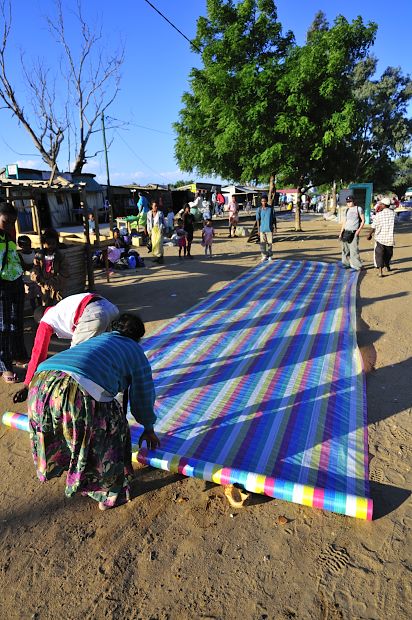
Buying bash for toilet construction in the market in Amboasary on the way to Kobokara
We then were whisked off in a massive truck, into the field. The trip took us through areas of forest, or what used to be forest, that have now been taken over by sisal plantations, for the production of fibres. It was a heartbreaking expanse of land, streching for leagues in all directions.
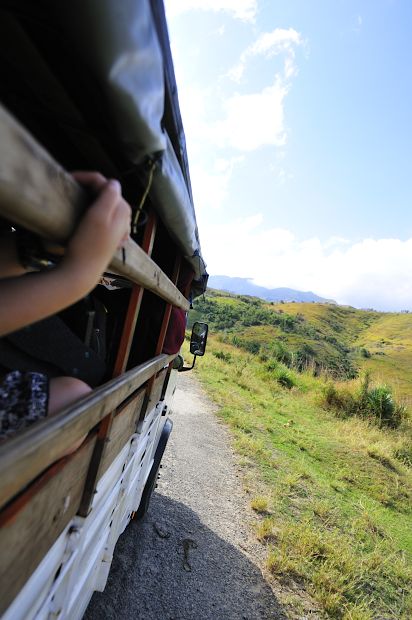
A view out the side of the truck

The perpetrators
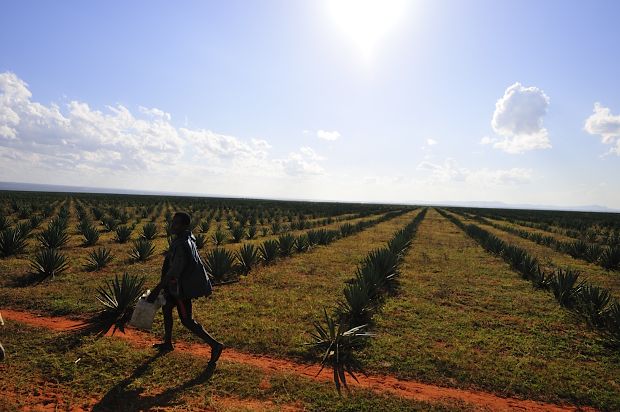
The view out the side of the truck for several hours
We arrived some 10 hours later, to an incredible amount of activity. The truck pulled into the village, and was immediately surrounded by people. We offloaded all of the kit, and got dinner going (noodles) while we set up our tents. We rose the next morning to the same sight we would see every day for the next two months – a stunning sunrise (okay that wasn’t every day, I’ll admit) on the golden sand of camp.
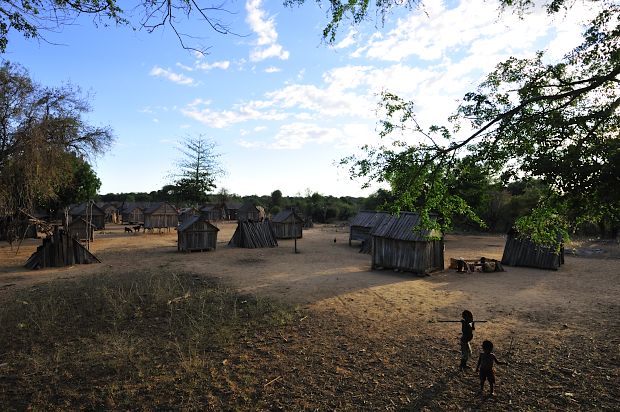
The village - Photo taken by Matthew May
I will of course not be able to relate the entire trip to you – nor would I try, for I think you would rather I didn’t. But from that first morning, we began a serious love affair with a remote little village and its people. We began research the next day on a pilot walk through the forest – the first of many.
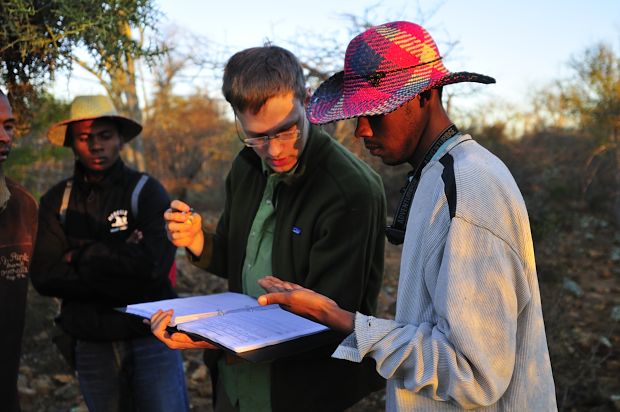
Herman and me recording the very first specimen!
It was very hard for us all to leave. We threw a massive party when our first members left (Justine and Morulla). We all formed a very strong attachment to the village – it is hard not to when you are forced into the society.
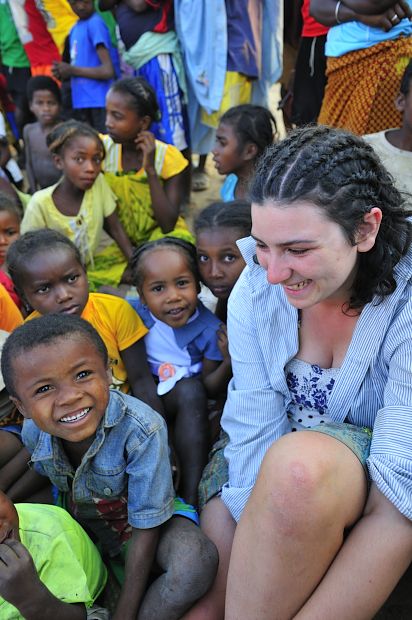
The children absolutely loved Justine - a mutual affection I am sure

Saying goodbye to our friends for the last time

Leaving the field in the 4x4
Back to Fort Dauphin (by 4×4 for Matt, Herman and I, while Nat took public transport with the rest of the team), we worked on a quick data summary, which we presented to the WWF and also SIT students studying at CEL. Then finally back up to Tana, where Matthew left Nat and I. We stayed a few more days, before flying out, back home.
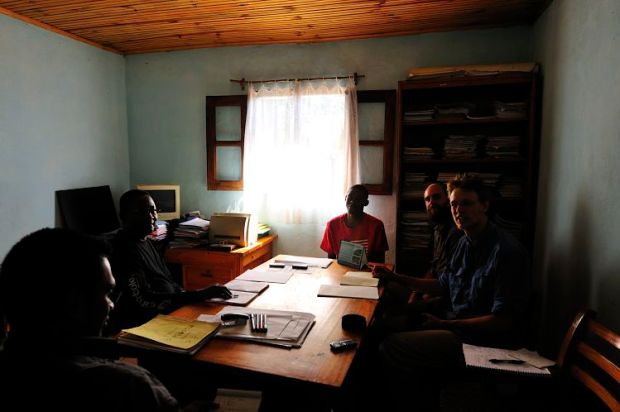
Meeting with the WWF in Fort Dauphin - Photo taken by Natalie Jane Smith
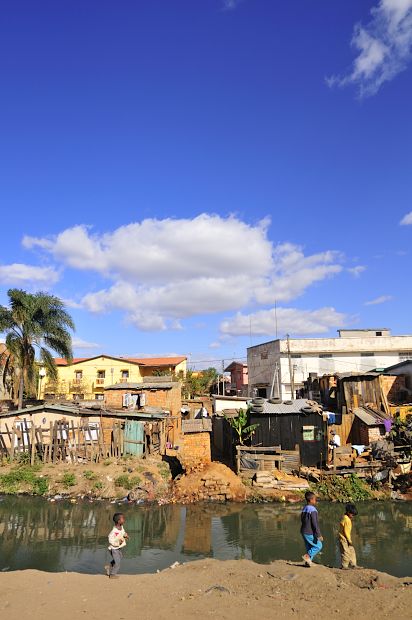
Tana - from outside Harimalala's flat

The day before leaving Tana, Nat and I spent our day writing in bed

A bit of symbolism
The trip happened in a flash (any trip you can summarise into something this short obviously passed quickly, eh?), but there are so many happy memories. And so many amazing photographs! I know this post has not been particularly photo rich, but the next 12 blogs (yes, that is how many I expect to come out of the photos) should be.

The sun sets on Tana's crafts market, and the expedition
I expect to have another blog on here within the week, if courses allow. Bear in mind, I am writing a report from the expedition, analysing data, going to uni, setting up a university society, joining new societies and helping out on old societies, AND trying not to be completely asocial, so if I can’t keep that promise, it is not entirely my fault.



nice pics
thanks 🙂